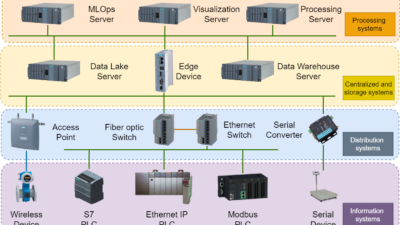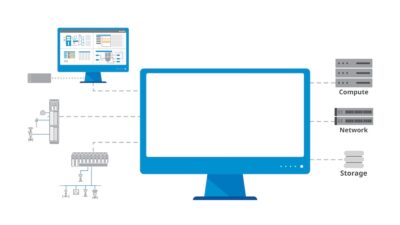As organizations evaluate the results of their Industry 4.0 investments, many are seeing them as the foundation of a boundless automation future.
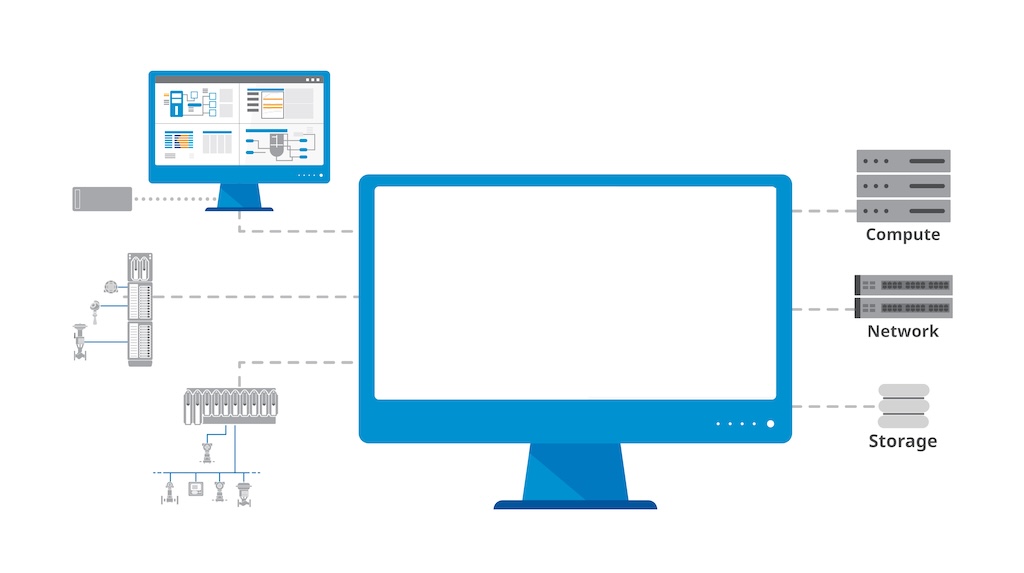
Learning Objectives
- Understand the role Industry 4.0 is playing in manufacturing operations.
- Learn how manufacturing has become more flexible and data-driven, what that means for users and how it keeps evolving.
- Learn about the benefits of seamless data integration and management.
Industry 4.0 insights
- Industry 4.0’s promise lies in creating flexible, data-driven operations that enhance performance, improve sustainability and reduce costs through unified data integration.
- Modern operations need flexible, software-defined architectures, like hyperconverged infrastructure (HCI) and cloud solutions, to streamline data access and enhance enterprise-wide optimization.
For many years, the term Industry 4.0 was inspirational. Manufacturers imagined exciting new ways technology would transform their operations and drive reduced operating and energy costs, while increasing safety and performance. Today, however, the term has become a bit more difficult to define.
Nobody seems sure whether Industry 4.0 is over, or if the promised next Industrial Revolution is still coming, enabling Industry 4.0 to be unleashed. A key driver behind this confusion is a need for flexibility. The technologies behind Industry 4.0 arrived and have been generating massive amounts of data for years, but many operations do not look much different than they did a decade ago.
Fortunately, Industry 4.0’s promise is still ahead for many. It is the foundation upon which a new evolution of the process industries will meet the changing needs of the next generation of industrial operations. Today’s most forward-thinking manufacturers and automation suppliers are utilizing the concepts and enabling technologies of Industry 4.0 alongside a boundless automation vision to develop a unified, consistent data fabric. This approach will eliminate data silos, and it will eliminate the need for complex and fragile integrations across disparate systems and applications.
This vision will also unlock flexible application environments that interact and exchange data, increasing availability of information to drive operational performance, while simultaneously building flexibility and modularity into system architecture. Teams embracing a boundless automation vision will utilize Industry 4.0 technology to find new ways to democratize data across their enterprise, lowering the total installed and commissioned cost, making it easier to meet modern sustainability and performance goals and delivering a reduced total cost of ownership across the lifecycle of the organization’s automation solutions.
Modern operations require flexibility
Automation has relied on rigidly defined architectures, highly specified installation requirements and hierarchical communication patterns for decades. Modern manufacturing operations, meanwhile, require more flexibility. Most high-performing organizations have maximized optimization of closed-loop control at the unit and plant level. However, they are facing new industry needs requiring optimization from across multiple plants, or even across the enterprise.
These organizations are deploying a broad set of applications that require a more modern deployment approach across multiple environments, and these require an increasing volume and variety of data to deliver optimizations. Therefore, seamless data access from the intelligent field through the edge and into the cloud is critical for success.
Today, project-based deployments of hardware and software create silos of data. Production, reliability, safety and sustainability outcomes are often driven by solutions managed at the plant level with particular — and often different — technology stacks and data models designed specifically for one department.
Extracting, transforming and landing data for cross-functional use, such as in analytics, becomes a herculean task that is manual, time-consuming and prone to error. As a result, teams need more flexibility in how they operate, empowering them to manage changing market demands, skilled labor availability and other complex factors across their globe-spanning operations.
An evolving solution
To provide flexibility, organizations will start to move away from the traditional methods of deploying technology. Instead of implementing technology following rigid architectures defined by automation manufacturers, the nimblest organizations will begin an architecture transition, adopting solutions that can adapt to their internal operational philosophy. New, software-defined models of automation will help make this automation evolution possible.
Technologies such as hyperconverged infrastructure (HCI), edge devices and the cloud are delivering a software-defined technology stack designed for an increasing span of operational supervision and control.
For example, HCI-based virtualization eliminates complex networking setups with a single and highly scalable server cluster for deploying software. While proportional-integral-derivative (PID) and other algorithms are often deployed today on a fit-for-purpose controller, it is possible some of these workloads could be deployed on HCI in the future to deliver more flexible operations.
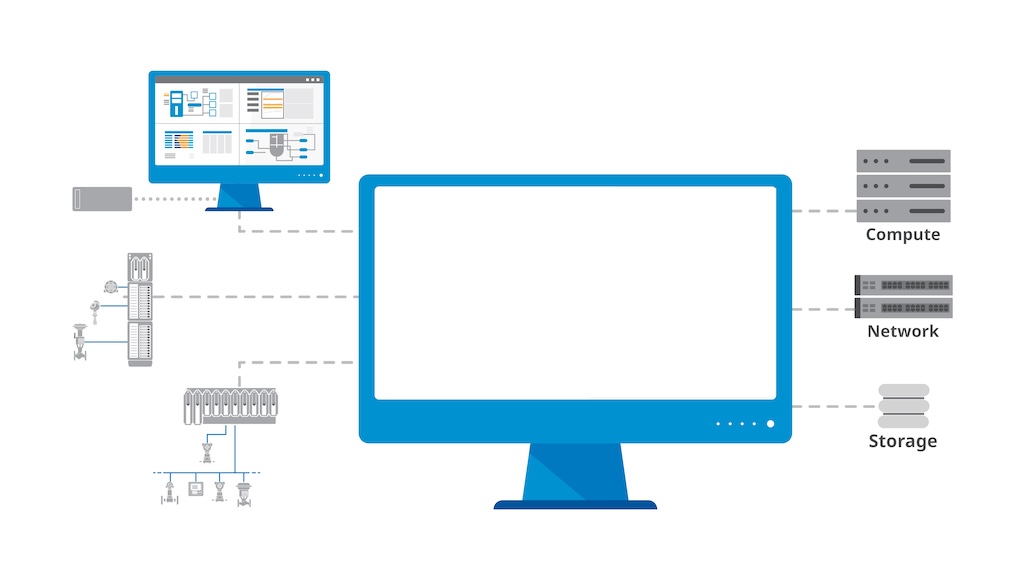
In fact, depending on performance requirements, some mission-critical applications could be deployed to the cloud in the future, providing organizations with the capability to standardize, transform and scale more easily.
This can provide many benefits. For example, many of today’s life sciences operations are born digital, operating from their very first moments with a combined information technology and operational technology outlook. Many of these organizations are trying to move as many workloads to the cloud as possible because cloud functionality provides them with easier deployment, increased standardization and improved visibility over the configurations and applications utilized at each site. HCI, edge technologies and cloud environments will be critical to this new operations paradigm.
Integration simplifies deployment
A unified, consistent data fabric will deliver seamless data access across all levels of operations, successfully expanding the availability and use of contextualized data across the enterprise. As operations teams begin implementing technology deployments and modernizations that will form the foundation of next-generation automation, they will want to work closely with expert automation partners. These partners will also help them select solutions built on open standards and proven to handle the diversity of operational data required to deliver enterprise optimizations.
Moreover, teams will benefit from choosing solutions with tools designed to make interoperability simple, secure and intuitive. Manufacturers should select forward-thinking automation technologies that make it easier to build customized solutions that will deliver fast return on investment and continuous value across the lifecycle (Figure 2).
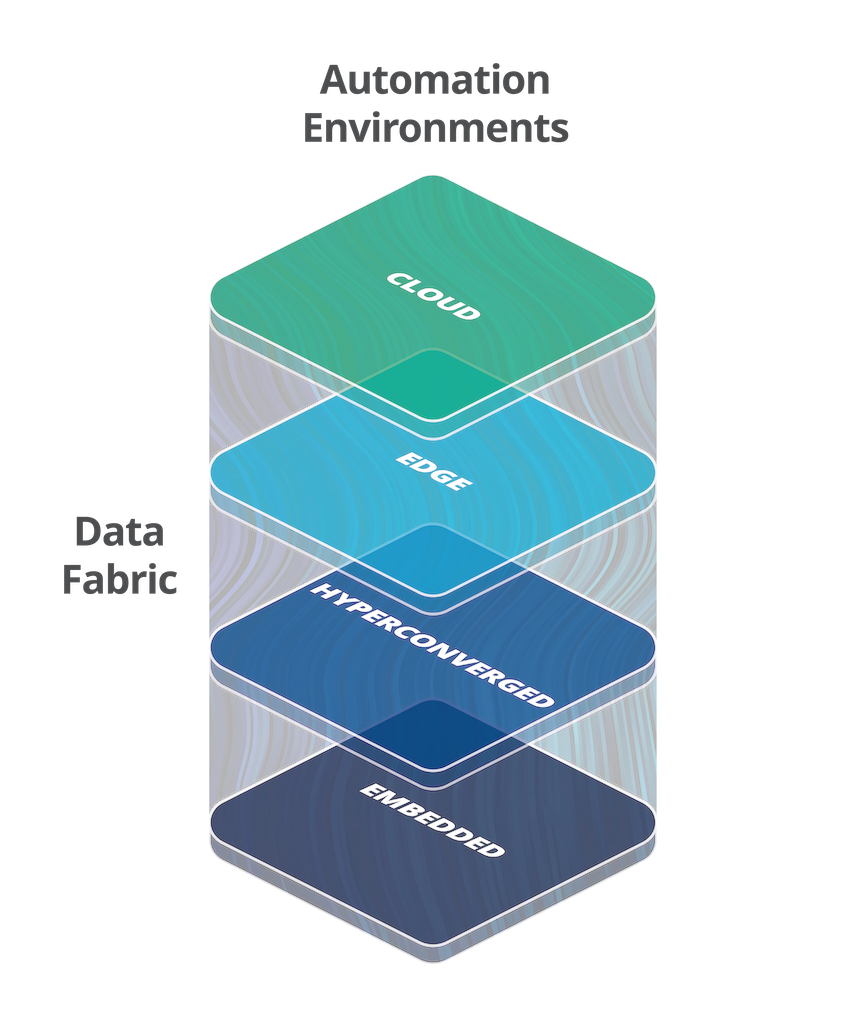
Some of the technologies behind the boundless automation vision are years away from broad adoption, but the foundation to support those technologies will be built upon the Industry 4.0 solutions available today. Building toward that future means choosing thoughtfully today by selecting automation solutions developed with integration by design so the path to more sustainable, optimized operations will be an evolution, rather than a full-scale modernization.
Sean Saul is the vice president of the DeltaV Platform at Emerson. Edited by Chris Vavra, senior editor, Control Engineering, WTWH Media LLC, [email protected].
CONSIDER THIS
What role is Industry 4.0 playing in your facility and how has it evolved?


